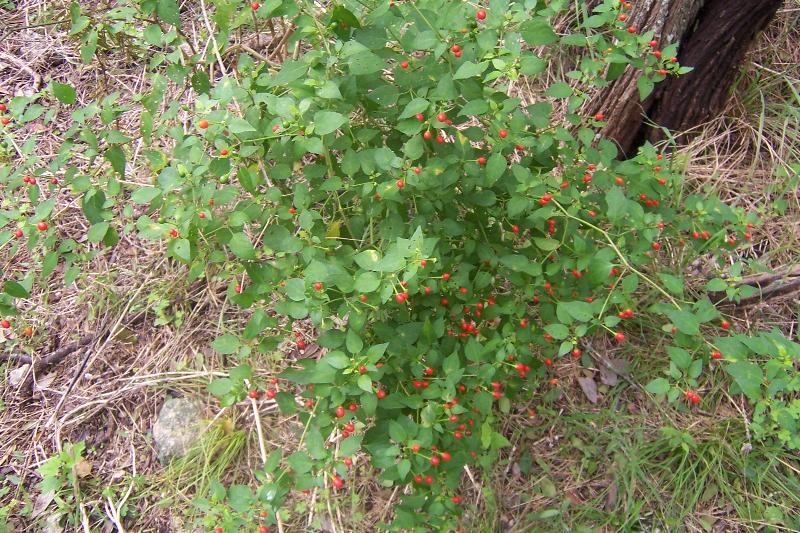Margi Cintrano
Washing Up
 Good Evening.
Good Evening.I thought that this mini guide would be of some help with reference to piquant status and sweet status ...
These are the most common types:
1. AJÍ AMARILLO : Usually a medium hot Peruvian chili pepper used in Peru´s national dishes.
2. SERRANO CHILI PEPPER: This is a moderate to hot chili generally used fresh in central Mexico in guacamole and Mexican Salsas.
3. HABANERO CHILI PEPPER: The Habanero does not hail from Cuba. This Mexican chili pepper is shaped like a Lantern, and is quite piquant in nature. Its designation of origin is the Yucatán Peninsula.
4. AJÍ DULCE: Ají dulce denotes sweet, and it is found extensively in Puerto Rican cuisine, in Sofrito. Ají dulce is light green and has a slightly light piquant kick, however, very light and pleasant.
5. PULLA CHILI PEPPER: a hot fruity smooth skin cousin of the Guajillo chili, this chili is often combined with mild Guajillos for added heat in the Guanajuato, Guerrero and Morelos regions of Central Mexico.
6. GUAJILLO CHILI PEPPER: Often called MIRASOL when fresh, this is one of the most common chili peppers in Mexico; it is a reddish burnt sienna, with a fruity and yet tart flavour used in marinades for chicken and pork.
7. PASILLA CHILI PEPPER: This dried version of the Chilaca, often called CHILI NEGRO, IS MORE EARTHY THAN SPICY. It is commonly used in Tortilla Soup.
8. ÁRBOL CHILI PEPPER: Árbol means tree in English ... this thin chili retains its fiery red color after drying. It is rarely eaten fresh. It has a moderate to high peppery heat and is a fave with tacos for fiery salsas.
 Look forward to hearing your views on chili peppers ...
Look forward to hearing your views on chili peppers ... Kindest. Margi.

